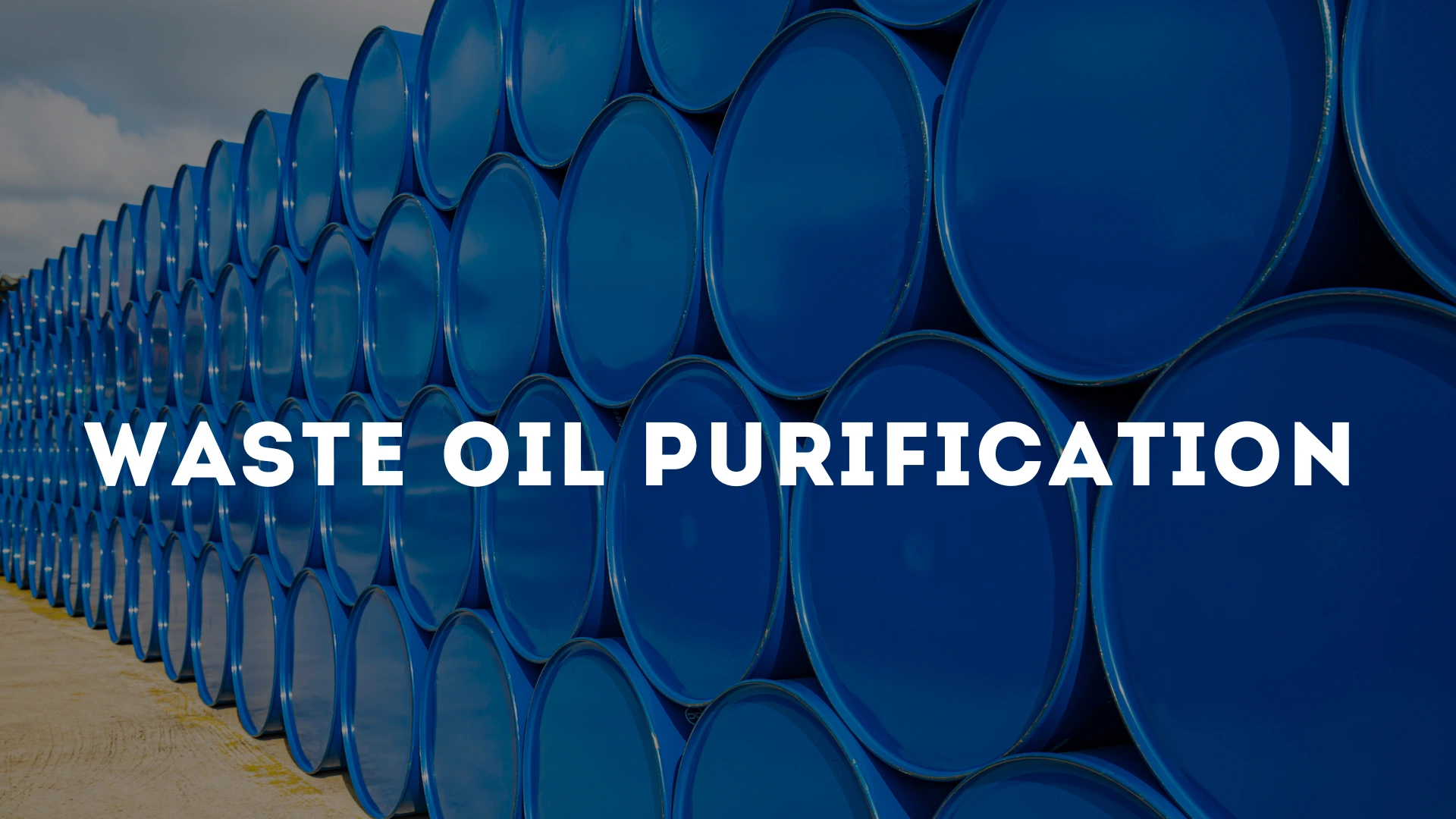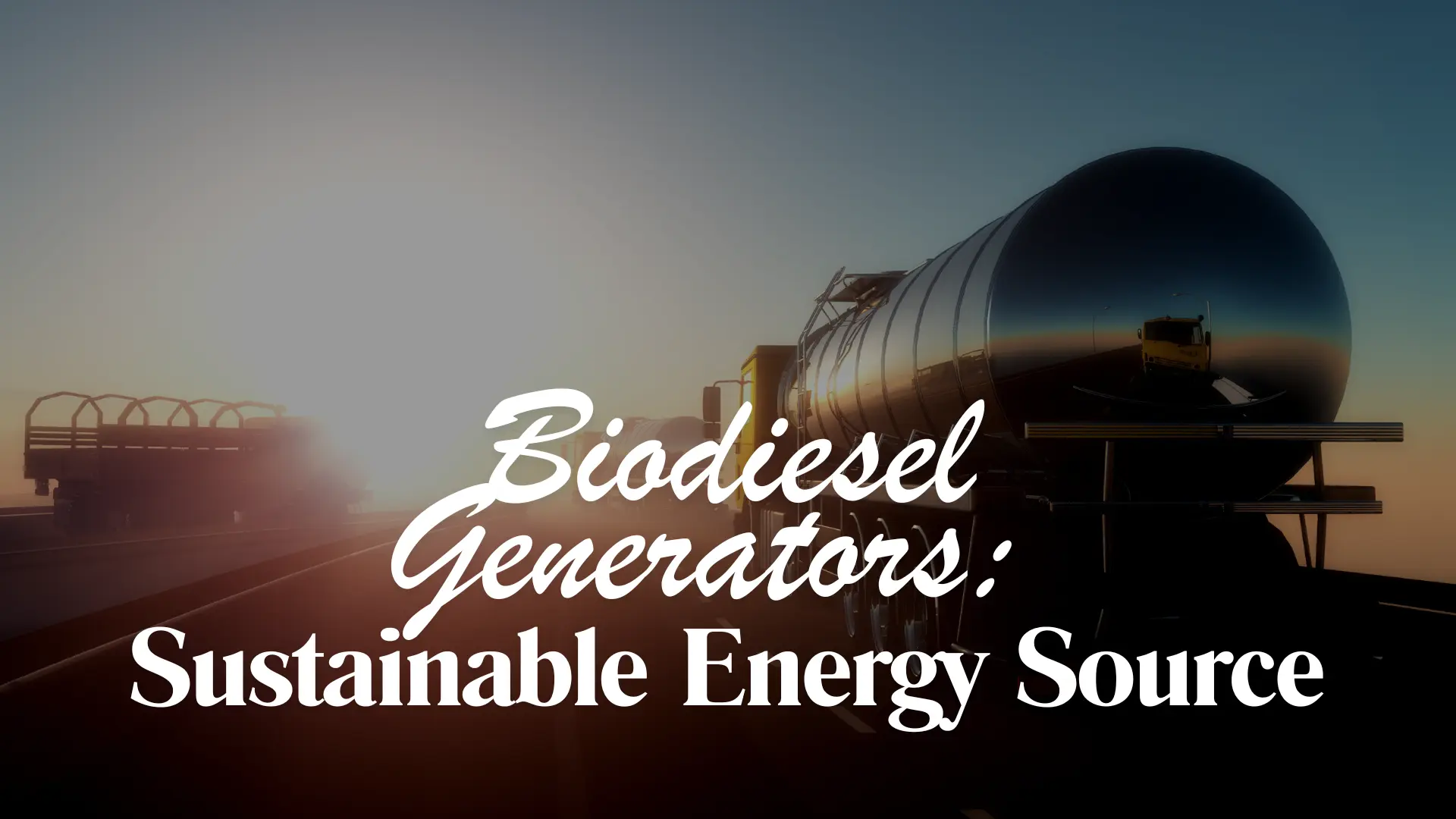Bio coal briquettes are one of the best alternatives to conventional coal. As we all know with an increased population it’s becoming more difficult to manage resources day by day. To understand the importance of bio coal briquettes let us first discuss the energy crisis.
In today’s world the energy crisis is the major concern. The limited natural resources that are used to power industrial society are diminishing as the demand rises. These natural resources such as conventional coal are in limited supply. While they do occur naturally, it can take thousands of years to replenish. Clearly demands are increasing but supply is limited! So we need to look for an alternative and that’s bio coal briquette. Demand for coal briquettes in the world is increasing day by day as it’s an eco-friendly option to choose.
India in October 2021 faced a power crisis due to the dwindling supply of coal which is the primary source of electricity generation. Coal reserves are critically low in 12 states. This was due to the heatwaves across the country. Moreover, the increasing demand of electrical devices has raised the need for more electricity generation. The unexpected demand for energy has once again brought the country’s coal shortage to the forefront. The coal shortage was largely blamed on low supply of coal from mines. As per the data from the Union Ministry of Coal, this year, the production by Coal India Ltd has increased by 23 percent, from Singareni Collieries Company Ltd by 34.2 percent and from captive mines by 40 percent. The major role of bio coal briquettes is to tackle the energy crisis. I know that most of you don’t feel connected to reality unless the price of gas goes up or there are lines at the gas station. So we should amidst that ongoing energy crisis is getting worse, despite many efforts.But in recent years, it is observed that there has been a huge push to move toward clean energy sources. No doubt that bio coal briquettes are one of them. This alternative to conventional coal is not only great for the environment, but they’re also safer to use and have lots of different benefits. Today let us discuss bio coal briquettes.
What are bio coal briquettes?
“An eco-friendly alternative to conventional coal.”
Bio coal briquettes are a biofuel substitute to coal and charcoal. They’re made from organic biomass. Briquettes are mostly used in the developing world, where cooking fuels are not as easily available. Also there has been a move to the use of briquettes in the developed world. Where they are used to heat industrial boilers in order to produce electricity from steam. The briquettes are co fired with coal in order to create the heat supplied to the boiler. Connect with our biogas consultants here.
Bio coal briquettes, mostly made of green waste and other organic materials, are commonly used for electricity generation, heat, and cooking fuel. These compressed compounds contain various organic materials, including rice husk, bagasse, ground nut shells, municipal solid waste, agricultural waste. The composition of the coal briquettes varies by area due to the availability of raw materials. The raw materials are gathered and compressed into briquette in order to burn longer and make transportation of the goods easier.
Now, let’s discuss the NIC code for coal biomass briquettes. NIC stands for “National Industrial Classification” is a classification system used to track activities undertaken by a business. NIC code is used by the majority of the Government Departments in India to classify businesses. So the NIC code for white coal biomass briquette is 19204. NIC-2008 code 19204 is used for Manufacture of hard coal and lignite fuel briquettes. National Industrial Classification 2008 seeks to provide a basis for the standardized collection, analysis and dissemination of industry wise economic data for India.
Similarly there is provision for HSN code. HSN code stands for “Harmonized System of Nomenclature”. This system has been introduced for the systematic classification of goods all over the world. HSN code is a 6-digit uniform code that classifies 5000+ products and is accepted worldwide. It was developed by the World Customs Organization (WCO) and it came into effect from 1988. The main purpose of HSN is to classify goods from all over the World in a systematic and logical manner. This brings in a uniform classification of goods and facilitates international trade. Coal briquettes HSN code is 270. Code 270120 includes briquettes, ovoids and similar solid fuels manufactured from coal.
Raw material for bio coal briquettes
Many of the developing countries produce huge quantities of agro residual. These wastes are used inefficiently and burn directly which causes extensive pollution to the environment. The major agro residues are:-
- bagasse as sugarcane production waste,
- rice husk, wheat and paddy straw,
- coffee husk,
- coir pith,
- jute sticks,
- groundnut shells,
- mustard stalks and
- cotton stalks.
So mostly bio coal briquettes from agricultural cellulosic wastes are preferred. These residuals that can be converted into eco coal briquettes. Briquettes can also be called as white coal as per its characteristics. White coal is also known as clean fuel. White coal briquettes used in thermal applications. Briquette produced from agro wastes add up a great variety of benefits. It’s not only eco friendly but also solves the problem of energy crisis. There are different types of bio coal briquettes depending on raw materials they are made up of. Such as:-
- Sawdust briquettes
- Shredded straw briquettes
- Coconut shell charcoal briquettes
- Shredded paper briquettes
- Cardboard briquettes
- Pine briquettes
Explore Bio Gas Solutions
Find top machinery, plants, tools, resources, companies, and consultancy for comprehensive Bio Coal Briquettes Solutions.
Bio coal briquetting process
Briquetting technique is a very complex process. Briquetting is densification of the loose biomass; this is achieved by subjecting the biomass to heavy mechanical pressure to form a compact cylindrical form known as briquettes. Owing to high moisture content direct burning of loose bagasse in conventional grates is associated with very low thermal efficiency and widespread air pollution. The conversion efficiencies are as low as 40% with particulate emissions in the flue gasses in excess of 3000 mg/ Nm³ In addition, a large percentage of unburnt carbonaceous ash has to be disposed of. The densification of the biomass can be achieved by any one of the following methods:
- Pyrolysed densification using a binder
- Direct densification of biomass using binders
- Binderless briquetting.
Depending upon the type of biomass, three processes are generally required
involving the following steps:
- Sieving – Drying – Preheating – Densification – Cooling –Packing
- Sieving – Crushing – Preheating – Densification – Cooling–Packing
- Drying – Crushing – Preheating – Densification – Cooling –Packing
One of the most common variables of the biomass briquette production process is the way the biomass is dried out. Manufacturers can use torrefaction, carbonization, or varying degrees of pyrolysis. Researchers concluded that torrefaction and carbonization are the most efficient forms of drying out biomass, but the use of the briquette determines which method should be used.
Compaction is another factor affecting production. So torrefaction of biomass, such as wood or grain, is a mild form of pyrolysis at temperatures typically between 200 and 320 °C. Torrefaction changes biomass properties to provide a better fuel quality for combustion and gasification applications. Torrefaction produces a relatively dry product, which reduces or eliminates its potential for organic decomposition. Torrefaction combined with densification creates an energy-dense fuel carrier of 20 to 21 GJ/ton lower heating value (LHV). Torrefaction makes the material undergo Maillard reactions. Torrefied biomass can be used as an energy carrier or as a feedstock used in the production of bio-based fuels and chemicals.
Some materials burn more efficiently if compacted at low pressures, such as corn stover grind. Other materials such as wheat and barley-straw require high amounts of pressure to produce heat. There are also different press technologies that can be used. A piston press is used to create solid briquettes for a wide array of purposes. Screw extrusion is used to compact biomass into loose, homogeneous briquettes that are substituted for coal in cofiring. This technology creates a toroidal, or doughnut-like, briquette. The hole in the center of the briquette allows for a larger surface area, creating a higher combustion rate.
Struggling with Bio Coal Briquettes issues? Connect with top consultants specialising in Bio Coal Briquettes.
Connect NowHow to make briquettes from coal dust
Bio coal briquette can be a block of compressed coal dust, charcoal dust, sawdust, and wood chips or biomass. Charcoal is a material without plasticity and cannot be molded into a shape without adding a binding material. Coal dust briquettes binder helps to hold the shape of briquettes. To form charcoal dust into briquettes, an agglomerating material is added to the charcoal dust, and then pressure is applied to the mixture to form a briquette.
Following are the ingredients required to make briquettes from coal dust:-
| Requirements | Material used |
| Heal Fuel | Wood charcoal, charcoal fines, mineral carbon, coal, and biomass will do fine. |
| White Ash | Whiting, lime, limestone, or calcium carbonate are cheap options. |
| Accelerants | Sodium nitrate and waxes are great choices, but sawdust can also be used. |
| Binders | Starches (cassava, corn, or wheat), acacia gum, and waste paper pulp work well. |
| Press Releasers | Borax is generally best. |
| Fillers | Cement, clay, or sandy soil can help bulk up your briquettes. |
After you gather all the ingredients, the next steps are very easy. Start with heating fuel such as wood charcoal, charcoal fines, mineral carbon, coal, or biomass. Then add accelerants to extend burn rate. Finally, add binders to help the briquettes to hold their shape, following this add borax to aid in press release and also add fillers at last of the procedure.
Difference between coal and briquettes
So you can clearly guess the difference between the conventional coal and bio coal briquettes by knowing its characteristics.
| Coal | Briquettes |
| Conventional coal has large concentrations of carbonaceous substances. | Briquettes are very different from charcoal because they do not have large concentrations of carbonaceous substances and added materials. |
| When these coal are burned, they produce a high amount of greenhouse gasses. | Compared to coal, the briquettes produce low net total greenhouse gas emissions.There was also a reduction from 11.1% to 38.5% in SO2 emissions when compared to coal. |
| Coal is non-renewable resources that deplete over time. | Briquettes are renewable resources that cannot be depleted over time.Raw materials for bio coal briquettes are more easily accessible than conventional coal. |
| Coal has a comparatively lower upfront cost. Conventional coal calorific value is lower as per dollar than bio coal. | Bio coal briquettes calorific value is higher as per dollar than coal when used for firing industrial boilers. Along with higher calorific value, biomass briquettes on average saved 30–40% of boiler fuel cost. |
| Coal has a comparatively higher carbon footprint and carbon emissions. | Bio coal briquettes have low carbon emissions and low carbon footprint |
Find and connect with leading companies specialising in Bio Coal Briquettes solutions.
Get Connected Today
Difference between briquettes and pellets
Sometimes people are confused between briquettes and pellets. Let us understand the differences between briquette and pellet in detail.
| Briquettes | Pellets |
| Briquette covers a wider range of raw material to be processed, such as agricultural and forest residues, metal scraps, domestic garbage and so forth. | In the pellet field, the raw material sphere is mainly constrained to biomass that mostly comes from agricultural waste. |
| The price of coal fuel is slightly lower than that of pellets. | Pellets have a higher price than briquettes. |
| Briquettes fuel has a higher caloric value, 24-26 MJ/kg. | Pellet fuel has a calorific value at around 17 MJ/kg, so you have to combust more. |
| Briquette machines can uniquely manufacture hardwood material into briquettes. | Pellet mills are good for softwood material. |
| Briquettes are primarily used instead of firewood for manually charged domestic stoves. | Pellets can be used in automatically charged stoves and boilers due to their good flowability, uniform water content, grain size and chemical composition. |

Explore the Best Bio Coal Briquettes Machinery and Plants for your Industrial Needs.
Connect TodayBio coal briquettes uses
Biomass briquettes, mostly used for electricity generation, heat, and cooking fuel. They are the perfect replacement for conventional coal as well as for wood logs. Also as it discussed earlier, bio coal briquettes are mostly used in the developing world, where cooking fuels are not as easily available. Also in the developed world where they are used to heat industrial boilers in order to produce electricity from steam. The briquettes are co fired with coal in order to create the heat supplied to the boiler. Boilers are used in sugar mills, paper mills, chemical plants, Cement, food processing units, oil extraction units etc. using fuel for steam generation and heating. Bio coal briquettes can also be used in forges and foundries for metal heating and melting. Also in brick kilns and ceramic units for firing of furnaces. More importantly, use in the gasification process. The gas can be used to generate power, and eventually replace coal based producer gas systems and oil firing in furnaces.
Other than this bio coal briquettes uses in various industries like:-
- Distilleries
- Dyeing units
- Tobacco processing
- Tea processing
- Leather industries
- Textile industries
- Hotels
- Power plants
- Brick kilns
- Polymer industries
- Paper mills
- Cement plants
- Gasifier
- Food processing industry
- Milk dairies
- Pharmaceutical industry
- Tire retreading industry
- Wineries
- Household boilers
Other than this there’s brown coal briquettes. They are compressed blocks, manufactured by pressing these dried brown coal particles through a pressure molding process. Brown coal is a low rank of coal (between peat and sub-bituminous), containing 35-40 % of water. Used mainly as household fuel. Also you can get red coal briquettes in the market. Red coal briquettes are quickly becoming the ‘go to’ fuel for those consumers now troubled with the quality and availability of traditional house coal. The addition of a little bituminous coal to our raw material feedstock enhances the fuel’s performance. Easy to light, a long flickering flame, low ash, high heat. Red briquettes coal gives you ‘real coal fire’! Suitable for open fires and multi-fuel stoves. Have great performance and are highly efficient bio coal.
Advantages
- High calorific value ranges between 3,500-5,000 Kcal/Kg.
- Moisture percentage is very less (2-5%) compared to lignite, firewood & coal where it is 25-30%.
- Economic to users compared to other forms.
- Briquettes can be produced with a density of 1.2g/cm³ from loose biomass of bulk density 0.1 to 0.2 g/ cm³.
- Easy in handling and storage due to its size.
- Consistent quality.
Disadvantages
- High investment cost and energy consumption input.
- Undesirable combustion characteristics often observed e.g., poor ignitability, smoking, etc.
- Tendency of briquettes to loosen when exposed to water or even high humidity weather.
Importance of bio coal briquettes
By now you can imagine the importance of bio coal briquettes in today’s time. Bio coal briquettes are environment friendly. Briquettes made from biomass are a great substitute for coal, since they are made of natural materials and do not pollute. Also they are white coal briquettes, that means it is a clean energy! Coal is one of the most dangerous ways to produce energy because of its harmful emissions. As the briquettes are made from plants and natural waste. It recycles them and turns them into an energy source, so they are an ideal source of energy. It does not emit greenhouse gasses or any toxic chemicals.
Besides this bio coal briquettes are renewable. Raw materials required for bio coal briquettes are easily accessible. Moreover they are cost effective. Biomass gets rid of the need to have fossil fuels exported and imported around the world. Since it can be made domestically from plant or agricultural waste. This will lower the price of electricity for many countries that do not have oil or coal reserves. It will mean affordable and safe energy for everyone. Lastly, bio coal briquettes are an efficient energy source. Briquettes are better than loose biomass since they are compressed. This compression allows them to burn for a lot longer than if it was loose. For more information on biomass, connect with the best biomass consultants here.
Frequently Asked Questions
Q1. What is the torrefaction process?
Answer- Torrefaction, a thermal pretreatment process, is gaining attention as it improves the physical properties and chemical composition of biomass for recycling. During torrefaction, biomass is heated slowly in an inert or oxygen-deficit environment to a maximum temperature of 300°C. The torrefaction process creates a solid uniform product with lower moisture and higher energy content than the raw biomass.
Q2. What are the benefits of charcoal briquettes?
Answer- The major benefits of using biomass briquetting plants is tax exemption, eco friendly and have higher burning efficiency than coal. Coal spreads smoke when it burns but briquettes are completely eco-friendly and do not make pollution when it burns so it is also known as white coal.
Q3. Are briquettes environmentally friendly?
Answer- Yes! Briquettes are more sustainable and more energy efficient. It reduces the pressure on natural resources and is better for the environment as it produces less carbon dioxide.
Q4. Are briquettes bad for the environment?
Answer- Although briquettes are biodegradable, burning of briquettes can produce nitrogen oxides and carbon monoxide which both reduce air quality by emitting less amount of greenhouse gasses.
Q5. How long do briquettes last?
Answer – In any open type of heating application e.g. direct grilling, rotisseries, skewers, most lump charcoal products will give you 2-3 hours burn time whereas briquettes will push out to 4-5 hours.
Q6. Which briquettes are best?
Answer- It’s all about composition. Raw materials used in bio coal briquettes predict its quality. So as a general rule, the best briquettes are going to be made of pure wood with no filler.
Q7. How to make briquettes from coal dust?
Answer- To form charcoal dust into briquettes, an agglomerating material is added to the charcoal dust, and then pressure is applied to the mixture to form a briquette.
Q8. Are briquettes better than charcoal?
Answer- There are some good advantages to briquettes over charcoal. As bio coal briquettes provide a more stable burn, maintaining a steady temperature for a longer period of time with less hand holding then lump charcoal.
Q9. Which raw material is best for bio coal briquettes?
Answer- Biomass briquette, mostly made of green waste and other organic material. These compressed briquettes are made from various organic materials such as rice husk, saw dust, bagasse, groundnut shells. So mostly agricultural waste or forest waste are the best raw materials for bio coal briquettes.
Q10. Are coal briquettes dangerous?
Answer- Sometimes briquettes can prove to be dangerous. Under circumstances of incomplete combustion and poorly ventilated spaces, charcoal briquettes can generate toxic concentrations of carbon monoxide (CO). It does cause suffocation, if an individual is exposed to burning of briquettes for longer periods.













